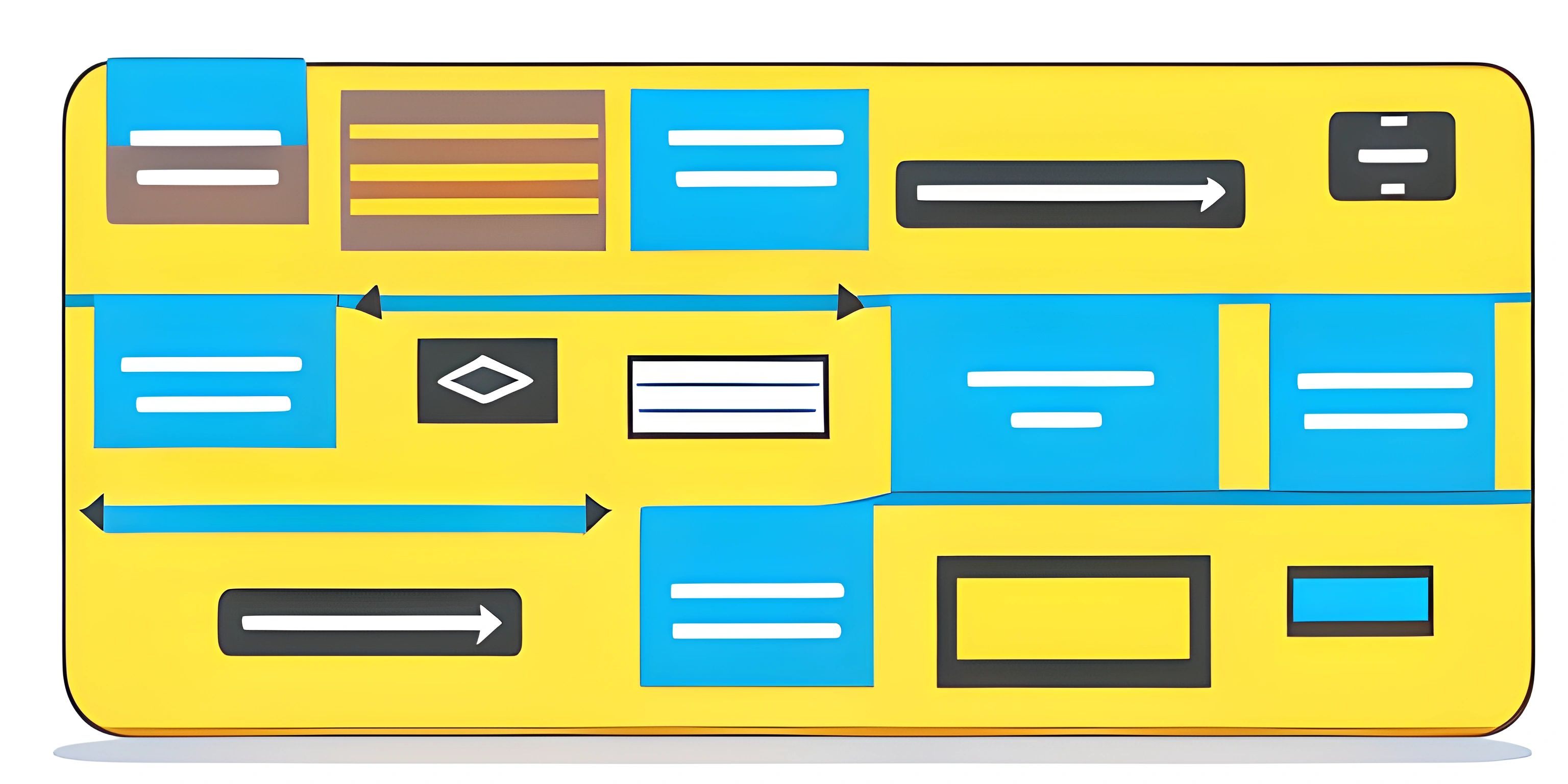Node.js Introduction

Note: this page has been created with the use of AI. Please take caution, and note that the content of this page does not necessarily reflect the opinion of Cratecode.
Node.js is a runtime environment that allows you to run JavaScript code outside of a web browser. It was created to allow developers to build server-side applications using JavaScript, a language that was initially designed for client-side programming. This has made it possible for developers to use a single language for both front-end and back-end development, simplifying the development process.
How Node.js Works
Node.js is built on top of Google's V8 JavaScript engine, which is responsible for compiling JavaScript code into machine code that your computer can understand and execute. This provides high-performance execution of JavaScript code.
One of the key features of Node.js is its asynchronous, event-driven architecture. This means that when performing tasks that may take a while to complete, such as reading from a database or making an HTTP request, Node.js does not wait for the task to complete before continuing to execute the following lines of code. Instead, it registers a callback function that will be executed when the task is completed. This allows Node.js to handle many tasks simultaneously, making it well-suited for building scalable and efficient web applications.
Use Cases
Node.js has been widely adopted by developers for creating a variety of server-side applications, including:
-
Web servers: Node.js can be used to create web servers that handle HTTP requests and serve static or dynamic content to users.
-
APIs: With Node.js, developers can build RESTful APIs that can be consumed by other applications, including web and mobile apps.
-
Real-time applications: Due to its event-driven nature, Node.js excels at building real-time applications, such as chat applications and online gaming servers.
-
Microservices: Node.js can be used to create lightweight, modular microservices that can be easily scaled and maintained.
-
Server-side rendering: Node.js can be used to render web pages on the server before sending them to the client, which can improve the performance and SEO of web applications.
With its versatility and ease of use, Node.js has become a popular choice among developers and has given rise to a vast ecosystem of libraries and frameworks, such as Express.js, Koa.js, and Nest.js, which further streamline the development process and enable developers to build powerful applications more quickly.
Now that you have a basic understanding of what Node.js is and its use cases, you can start exploring the world of server-side JavaScript development and unlock the full potential of this powerful runtime environment.
Hey there! Want to learn more? Cratecode is an online learning platform that lets you forge your own path. Click here to check out a lesson: Full-stack Web Frameworks (Next.js) (psst, it's free!).
FAQ
What is Node.js and what makes it popular among developers?
Node.js is an open-source, cross-platform JavaScript runtime environment that executes JavaScript code outside of a web browser. It has gained popularity among developers due to its non-blocking, event-driven architecture, which makes it highly efficient and scalable when building server-side applications. The ability to use JavaScript for both the frontend and backend has also contributed to its popularity, as it allows for a more unified development experience.
What are some use cases for Node.js?
Node.js can be used for a wide range of applications, including but not limited to:
- Web applications and APIs
- Real-time chat applications
- Internet of Things (IoT) devices
- Microservices architecture
- Command-line tools and utilities Node.js is versatile and can be used in various areas where high-performance, scalable, and efficient solutions are required.
How do I install Node.js on my computer?
To install Node.js, follow these steps:
- Visit the official Node.js website at https://nodejs.org.
- Download the appropriate installer for your operating system (Windows, macOS, or Linux).
- Follow the installation prompts provided by the installer.
- Once installed, you can verify that Node.js is correctly installed by opening a terminal or command prompt and typing
node -v. You should see the version number of your Node.js installation.
Can I use Node.js with popular frontend frameworks like React, Angular, or Vue?
Absolutely! Node.js is often used in conjunction with popular frontend frameworks like React, Angular, and Vue, providing a seamless full-stack development experience. Node.js can be used to create backend APIs and server-side rendering for these frontend frameworks, enabling developers to build powerful and scalable applications using a single programming language.
What are some popular Node.js packages and frameworks?
The Node.js ecosystem is vast and includes many popular packages and frameworks, some of which are:
- Express: A fast, unopinionated, minimalist web framework for Node.js.
- Socket.IO: A real-time bidirectional event-based communication library.
- Mongoose: An elegant MongoDB object modeling for Node.js.
- Passport: A simple, unobtrusive authentication middleware for Node.js.
- Hapi: A rich framework for building applications and services. These packages, along with many others, can be installed using the Node Package Manager (npm) and can enhance and streamline your Node.js development experience.





